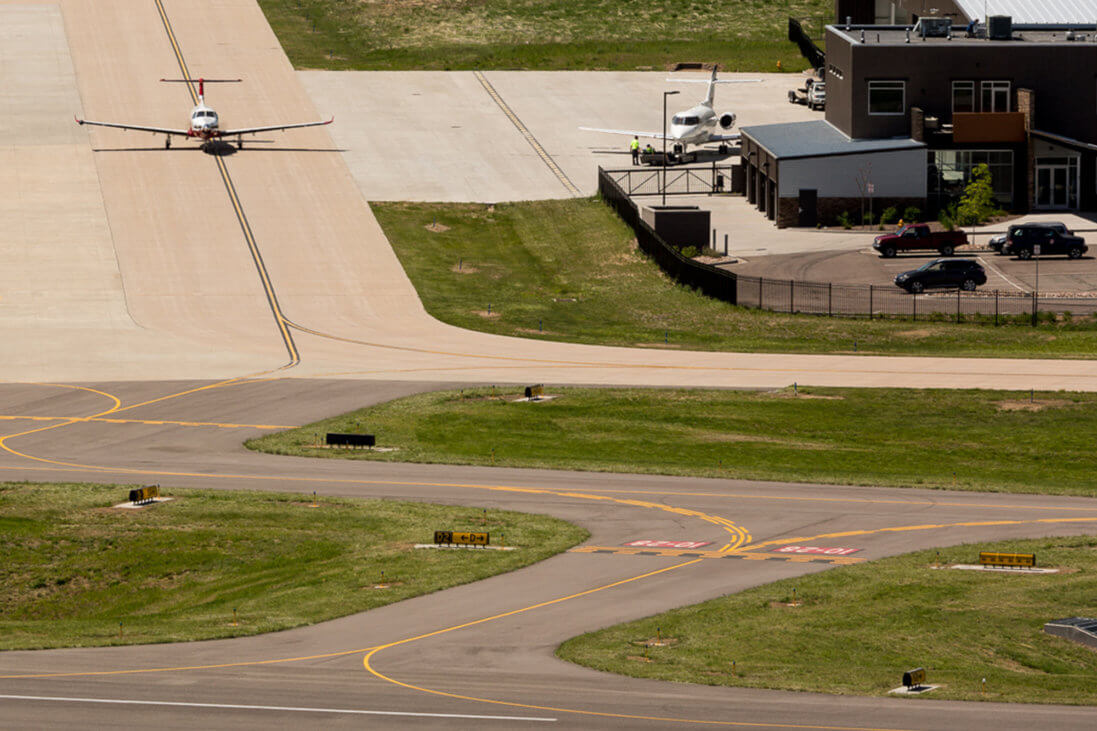
May 31, 2019
NBAA President and CEO Ed Bolen outlined several priorities for business aviation stakeholders, including continued implementation of the FAA’s NextGen ATC system, safety enhancements for general aviation airports and the need to preserve existing airport funding streams, in a recent letter to leaders of the House Transportation & Infrastructure (T&I) Committee.
“The United States leads the world in having the most robust and diverse airport infrastructure capabilities, providing a critical foundation for general aviation to thrive,” Bolen wrote to House T&I Committee Chairman Rep. Peter DeFazio (D-4-OR) and Ranking Member Rep. Sam Graves (R-6-MO), who reached out to stakeholders for input. “NBAA strongly supports continuing the federal commitment to investing in a robust national system of airports to meet the current needs and projected growth.”
Those investments hinge, Bolen added, on the current Airport and Airway Trust Fund (AATF), which relies on fuel and ticket taxes to provide a stable and reliable funding mechanism for the FAA.
“However, over the years, there have been various proposals to eliminate the 7.5 percent tax in favor of a per-flight user fee, which would require significant costs to collect,” Bolen said. “Maintaining the AATF and associated taxes is the best approach to funding our future aviation infrastructure needs.”
Read Bolen’s letter to House leaders.
Bolen also emphasized the importance of the Airport Improvement Program that not only supports infrastructure and technology enhancements at general aviation airports, but whose requirements also offer protection from potential local efforts to shutter those facilities.
“Unfortunately, there are an increasing number of communities that have made attempts to impose restrictions limiting access to their airports,” he continued. “Federal grant and deed obligations play an important role in preventing such local patch-quilt operational restrictions and even complete closures.”
Another priority for business aviation, Bolen noted, is adapting the FAA’s NextGen system to the needs of new airspace users and leverage existing technologies to provide improved coordination between aircraft operators and ATC. That also includes support for programs such as counter-drone systems, remote ATC towers and other emerging technologies, many of which also qualify for AIP funding under the FAA Reauthorization Act of 2018.
“As these examples illustrate, the definition of infrastructure investments for ATC purposes is evolving and requires that policymakers look beyond just investments in airport runways, taxiways or new control towers,” he said. “Much of our needed ATC investments in the future will focus on technologies, mobile applications, systems, and equipment in the cockpit, instead of traditional ground-based assets.
“Your leadership in passing a long-term FAA bill provided many of the tools our aviation industry needs to be successful, and we believe there is a historic opportunity to build on this through modernizing our infrastructure policies and address our future needs,” he concluded. “As you focus on infrastructure legislation in the coming months, NBAA looks forward to participating in the discussion and we appreciate this opportunity to provide input.”


 International Business Aviation Council Ltd.
International Business Aviation Council Ltd.